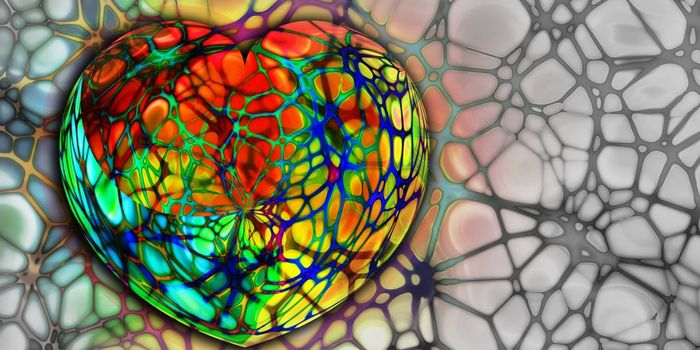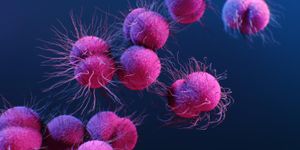The Y Chromosome is Associated with Increased Autism Risk
Autism spectrum disorder (ASD) is a neurological and developmental condition that can be diagnosed at any age, although the symptoms tend to appear in the first two years of a patient's life. ASD can affect how people learn, communicate, and interact with others, and may include repetitive patterns of behaviors or activities. These symptoms may vary significantly among different ASD patients. ASD is thought to be almost four times as common among males than females, a sex difference that has been consistently observed over time and populations. A new study has suggested that this sex difference is not due to a protective effect in females, which has been a longstanding hypothesis, but is instead linked to risks presented by the Y chromosome. The findings have been reported in Nature Communications.
In the “female protective effect” theory of autism, female ASD patients require a greater burden of risk from genetic and environmental factors before developing ASD, compared to males, whose threshold is lower. The protective effect in this theory comes from X chromosomes. But this study, along with other recent research, has suggested that the female protective hypothesis of ASD is incorrect, and that researchers should start to examine other factors that may explain sex differences in ASD.
In this work, the researchers assessed the validity of the female protect hypothesis by studying ASD diagnoses in individuals with an unusual number of sex chromosomes, a condition known as sex chromosome aneuploidy.
Sex chromosome aneuploidy (SCA) includes any carrier who is born with a distribution of sex chromosomes other than the typical XX or XY. This is thought to happen in about one in 400 live births, and may appear as XXY, XXYY, or XYY, among other examples. This analysis considered data from 177,416 volunteers who are part of either the Simons Foundation Powering Autism Research (SPARK) study or Geisinger's MyCode Community Health Initiative.
This effort determined that the risk of autism is unaffected by the presence of an additional X chromosome. However, carriers with an extra Y chromosome were two times as likely to be diagnosed with ASD. Thus, the researchers concluded that the presence of the Y chromosome is raising autism risk, and the X chromosome does not have a protective influence.
"While these may seem like two sides of the same coin, our results encourage us to look for autism risk factors on the Y chromosome instead of limiting our search to protective factors on the X chromosome," said first study author Alexander Berry, PhD, a staff scientist at Geisinger Health System. "However, further research is needed to identify the specific risk factor associated with the Y chromosome."
Turner syndrome, or X0, in which a sex chromosome has been lost, has also been associated with a significant increase in the risk of ASD. More work will be necessary to determine if SCA in general also affects ASD risk.
Sources: Geisinger Health System, Nature Communications









